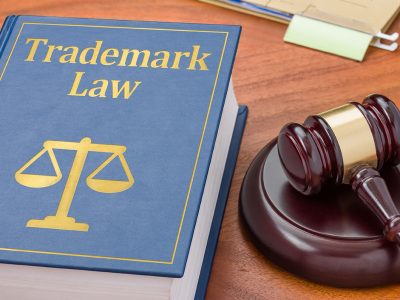The most common reason for the U.S. Patent and Trademark Office (USPTO) to refuse a trademark registration is because there is a “likelihood of confusion” between the mark you applied for and an already registered mark. Put simply, in order to protect consumers, two trademarks generally cannot be “confusingly similar” to one another when used on “related goods or services.”
What makes two different trademarks similar?
When examining a trademark application, the USPTO looks for certain similarities: spelling variations (Dogs vs. Dogz), words that sound the same when spoken aloud (Xceed vs. X-Seed), visual similarities, similar meanings or translations (K-9 vs Dog), or words or images that create the same general commercial impression (City Woman vs. City Girl).
If there is a similar trademark that has already been registered, then simply changing fonts or colors won’t be enough to avoid the similarities. Often, adding an image or logo to your brand name won’t be enough either.
What makes goods or services related?
Technically, two marks can be similar (even identical) as long as they are not being used in connection with related goods or services. For example, you might use “K-9” in connection with t-shirts while someone else uses “K-9” in connection with their dog-walking service. If the goods and services are not related, then the USPTO shouldn’t find a “likelihood of confusion.”
However, the USPTO can be incredibly broad when evaluating whether goods or services are related. Every good or service in the world is divided into 45 international classes. For example, “clothing and apparel products” is one class. It doesn’t matter that your company might be making high-end suits and another business is making accessories for bowlers; if you both have similar trademarks, the USPTO is likely to reject your trademark application citing likelihood of confusion. In other words, because both goods are in the same class, there is an assumption that consumers might be confused about the source of the goods.
The same is true of services. “Education and entertainment services” is one class. So, if you offer consulting or business coaching services, your trademark registration could be denied if a youth sports club has a similar mark that is already in use.
Bottom Line: Conducting a Trademark Search is More Art Than Science
You have to conduct a thorough trademark search before submitting your application to the USPTO. And even then, there’s no guarantee that you’ll find every potential mark that the USPTO’s examining attorney may raise an issue with. There is so much case law analyzing just what is confusingly similar and what goods and services are related, that it’s a matter of conducting both a good search for the mark itself and good legal research.









